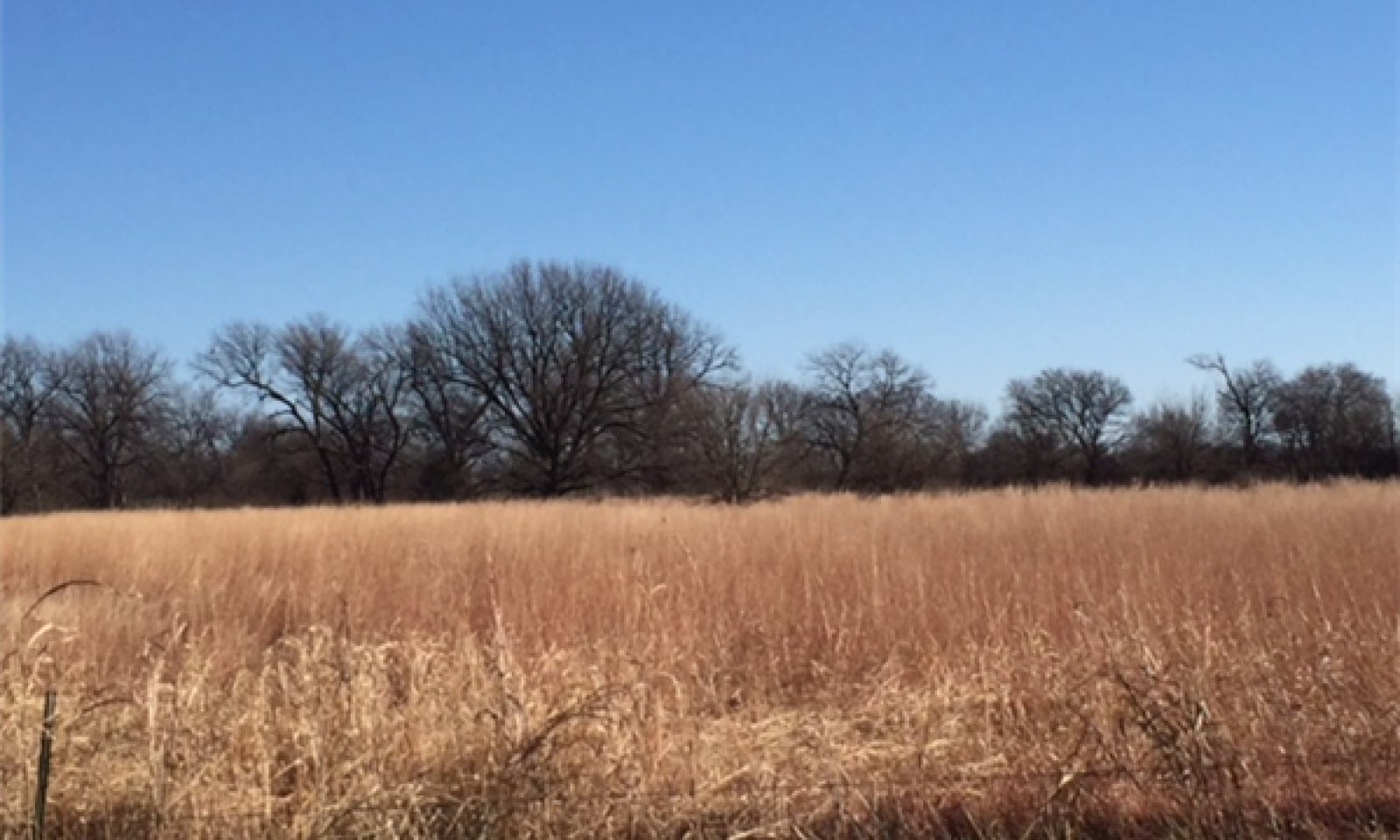
Clay Bottomland
Scenario model
Current ecosystem state
Select a state
Management practices/drivers
Select a transition or restoration pathway
- Transition T1A More details
- Transition T1B More details
- Restoration pathway R2A More details
- Transition T2A More details
-
No transition or restoration pathway between the selected states has been described
Target ecosystem state
Select a state
Description
This is the reference or diagnostic community for the site. The descriptions are based on early range site descriptions, clipping data, professional consensus of experienced range specialists, and analysis of field work.
Submodel
Description
With the continued absence of fire, the tree canopy and understory of shrubs continue to increase. In this state, the tree canopy cover is now greater than 30%. Shrubs have increased to the point of substantial understory. It is possible, but not easy, to return to the reference state using land clearing, brush management, prescribed grazing, and prescribed burning.
Mechanism
Without fire in the ecosystem, woody species may grow and reproduce unchecked. These species may be endemic or species introduced to the site by animals (eastern redcedar) or plantings (black locust/honey locust). These woody species have the ability to grow deep roots and locate resources within the soil that herbaceous species may not have access to. This gives them a competitive edge for resources and allows them to expand across the landscape. As this woody encroachment occurs, the site may transition to state 2 where the woody species begin to dominate the ecological functions of the plant community.
Mechanism
Some of these sites have been plowed for farming purposes over the last century. Once the site is cultivated, it transitions to an alternative state (3). The soils structure, organic matter, and biota have been altered and will no longer function the same as the soils in the reference state.
Mechanism
A carefully planned program can restore the Woody state to a close resemblance to a grassland state. If the current vegetation structure is difficult to burn (but susceptible to wildfires), some brush management intervention will be needed. Brush management either mechanical, chemical or an integration of both, will allow sunlight energy and soil moisture to be used by tall grasses rather than invasive brush. Careful grazing management will be required for this plant community to be restored to the grassland state (1). A field inventory along with monitoring will be needed to evaluate recovery.
Mechanism
Some of these sites have been plowed for farming purposes over the last century. Once the site is cultivated, it transitions to an alternative state (3). The soils structure, organic matter, and biota have been altered and will no longer function the same as the soils in the reference or woody state.
Model keys
Briefcase
Add ecological sites and Major Land Resource Areas to your briefcase by clicking on the briefcase (![]() ) icon wherever it occurs. Drag and drop items to reorder. Cookies are used to store briefcase items between browsing sessions. Because of this, the number of items that can be added to your briefcase is limited, and briefcase items added on one device and browser cannot be accessed from another device or browser. Users who do not wish to place cookies on their devices should not use the briefcase tool. Briefcase cookies serve no other purpose than described here and are deleted whenever browsing history is cleared.
) icon wherever it occurs. Drag and drop items to reorder. Cookies are used to store briefcase items between browsing sessions. Because of this, the number of items that can be added to your briefcase is limited, and briefcase items added on one device and browser cannot be accessed from another device or browser. Users who do not wish to place cookies on their devices should not use the briefcase tool. Briefcase cookies serve no other purpose than described here and are deleted whenever browsing history is cleared.
Ecological sites
Major Land Resource Areas
The Ecosystem Dynamics Interpretive Tool is an information system framework developed by the USDA-ARS Jornada Experimental Range, USDA Natural Resources Conservation Service, and New Mexico State University.
